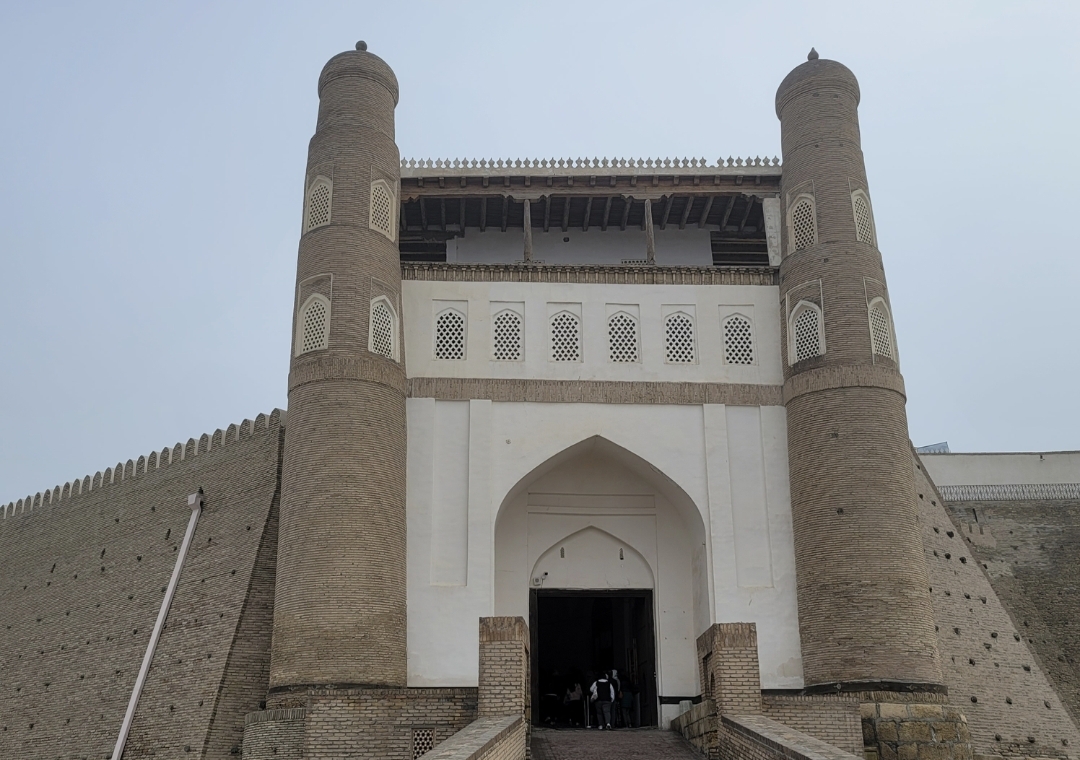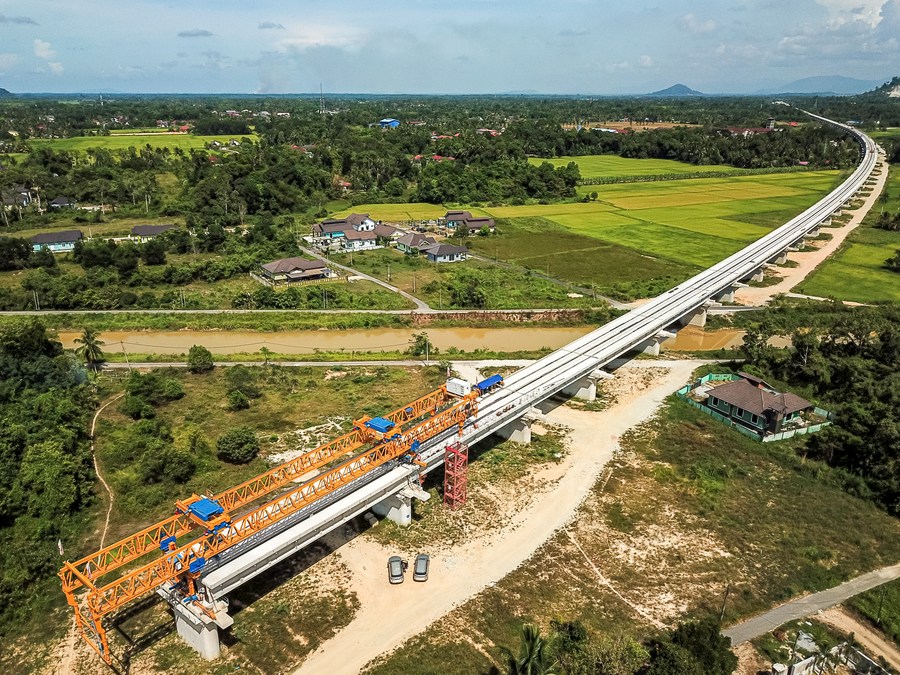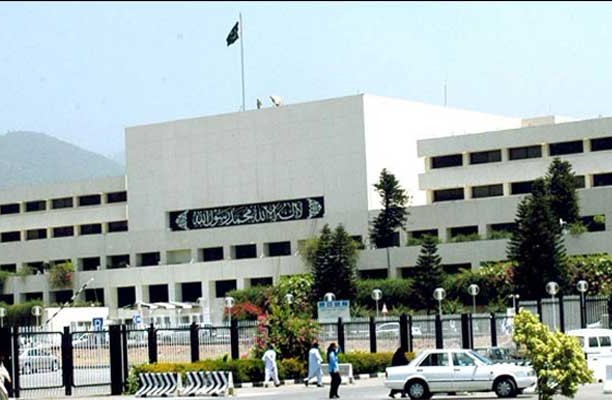The Ark of Bukhara, a monumental fortress which still exists in present-day Uzbekistan, has symbolized survival and authority for thousand years. Dating from the middle of the first millennium it was as a political and military center of the city until the twentieth century being the residence for sovereigns. Despite the fact that much of the chemical structure for the resins was destroyed by an aerial bombardment in 1920 by militiamen from Russia it still manages to provide a thumbnail sketch of the lives of the last royal inhabitants of the Manghit emirs who were ruling this region towards the end of the eighteenth century and the early part of the twentieth century.
Ark of Bukhara Early Structures
The Ark has pre-historic origins. Archaeological researches have shown that the bottom of the citadel – an alluvial layer which would make the location ideal for construction of the fortification. Its date could not be confirmed but it was said to have been constructed some 4th to 2nd century BC. The acropolis, over the centuries, grew to occupy a natural hill climbing from 16 to 20 meters and continued to act as a stronghold.
Relocate it has been said that it was constructed by the Siyavusha, a young Persian prince who escape the Persia over the Oxus and married daughter of Afrasiyab king of Turan. Siyavusha then built the Ark to represent his kingship but for seemingly betraying Afrasiyab or because of mere disagreement, Afrasiyab had Siyavusha killed. According to Narshakhi’s 10th-century work The History of Bukhara, centuriologically, there was still a place in the Ark, close to the eastern gate, which people visited, and the local Magians prayed to Siyavusha there.
Another story relates the Ark to a pre-Islamic king Bidun Bukhara Khudah who had difficulties renovating the citadel. As his weak conditions forced him to leave his bed many times, his advisors advised him to enclose the fortress with seven stones in the form of the ‘Great Bear’. This was done, and the attempts to reconstruct the Ark were successful with the help of which a new more stable period began.
The Islamic Era and Beyond
The first crisis of the Ark occurred in the early eighth century: Bukhara was captured by the army of Qutayba ibn Muslim, commander of the Umayyad caliphate. Under his rule he caused the Zoroastrian fire temple inside the Ark of the city to be razed and replaced by a mosque. The policy of assimilation was put in an effort to incorporate the inhabitants of the conquered region into the Islamic laws and customs; thus Qutayba permitted the Quran to be read in Sogdian, the local language and even provided provisions for those who attended Friday prayers. However, the city’s upper classes did not yield to these organizational changes, and this led to a struggle in which their property was seized.
During the Middle Ages the Ark remained the key political construct in Bukhara; the construction was destroyed many times after invasions and reconstructions. The fortress was reconstructed in the twelfth century after it was annihilated by Khwarazmshah Dzhalal-ad-Din Arsiz, campaigning against the Seljuks. It was reconstructed again during the last quarter of the 12th century by Sultan Tekesh, he in turn tore it down in the middle of the 13th century by the hands of Genghis Khan following the devastation of 1219 which saw much of Central Asia destroyed.
Nevertheless, it was destroyed time and again Nevertheless the Ark was rebuilt each time with every new ruler adducing it within his sight of Bukhara.
The Ark Under the Manghit Dynasty
The layout in the present form began to the form during the Shaybanid dynasty in the 16th century. However, the Manghit dynasty that ruled in Lucknow from 1788 through 1920 made the strongest impact on the citadel. During their reign the Ark developed into more that military, political and administrative power house which is reflected even today by the preserved west side of the Ark. The Manghit rulers built different constructions in the Ark such as the Registan Gate, the citadel’s court mosque, the Chancellery of the Kushbaigi which is an administrative building, and the reception building.
In its most populated times of existence, within the Ark, there lived people total of approximately three thousand, the king and other members of his court: nobility, warriors, and domestic servants. The emir’s harem and his court were initially in the citadel right from prisons which were so many and well recognized for their infamous environment. The first written accounts and observations of the conditions of the Ark Prison in the 19th centuary as indicated by KHANYKOV, behaviour of Russian traveler named Nikolay Vladimirovich Khanykov off the prison’s hygiene where prisoners were confined to an underground cistern ab-khana.
The Ark’s Decline and Legacy
The final chapter of the Ark started in the early period of twentieth century. Since the Russian revolution, the Bolsheviks penetrated into the Central Asia and in 1920, in the last stage of Russan civil War, the Ark was heavily bombed from the air. The attack led to the setting of the citadel that blazed most of its structures reducing the site’s use as a royal palace.
Nevertheless, even being partially destroyed, Ark is still the symbol of the great history of Bukhara city. The remnant of west structure such as the Registan Gate and the mosque are alive testimonial to the vibrant cultural and political periods that has past through the site. At present, it is an object has been relevant landmark that serves as a symbol of the companies perseverance as it has suffered countless invasions, rebuildings, and metamorphoses over a millennium of its existence.

Mr. Malik M. Shafiq is the Managing Editor of “The Europe Today”. An expert on history, political science and current affairs. He is recognized as an authority on the National Issues, Belt and Road Initiative (BRI), China, Climate Change, and Central Asia.
Director, The Europe Today












